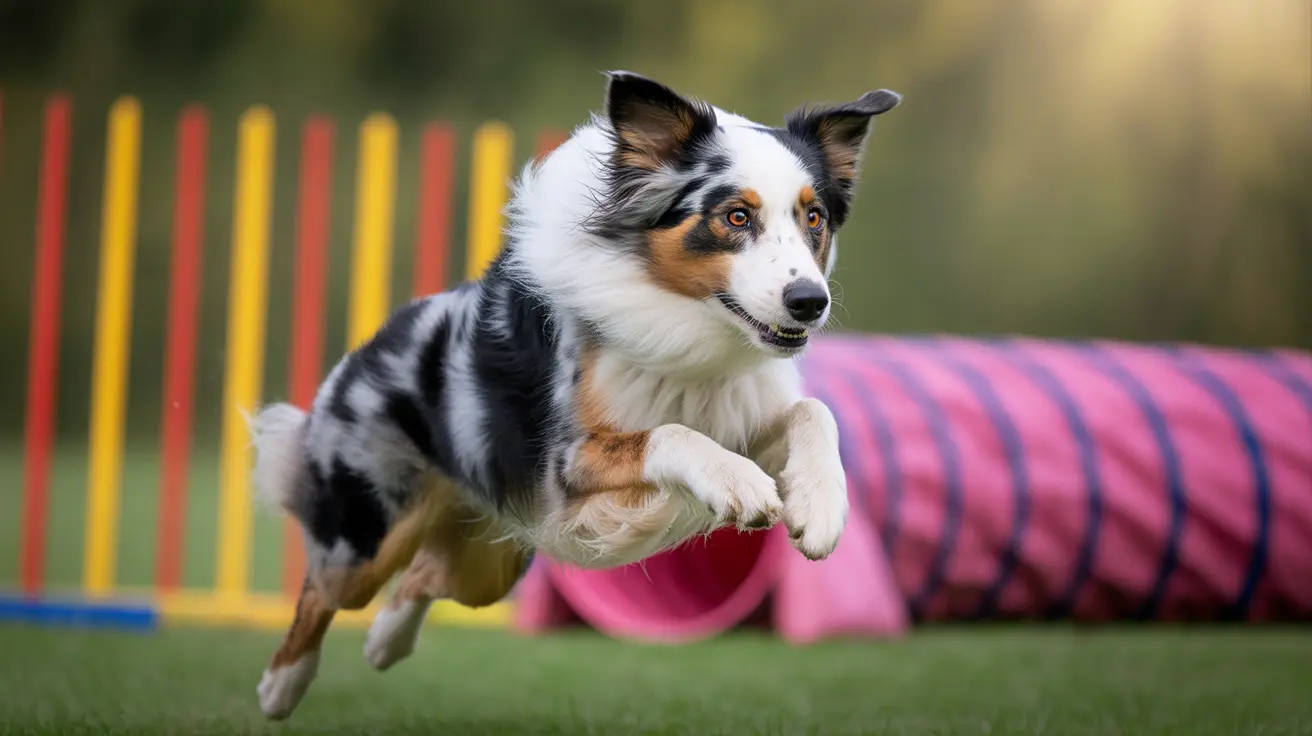The Lakeland Terrier: A Calm and Confident Member of the Terrier Family
When thinking of terriers, most people imagine spirited, tenacious dogs brimming with energy and personality. However, not all terriers are overly excitable or high-strung. Among them, the Lakeland Terrier stands out as a breed that combines typical terrier traits with a calmer, more manageable temperament, making it an excellent choice for families and individuals seeking a more balanced canine companion.
Breed Origins and History
Originating from the Lake District of northern England, the Lakeland Terrier was bred by farmers in the 1800s for one purpose: to hunt and eliminate foxes preying on sheep. This working heritage meant they had to be athletic, intelligent, and capable of independent problem-solving. They are one of the oldest working terrier breeds still in active use today.
- Descended from breeds such as the now-extinct Old English Black and Tan Terrier, Dandie Dinmont Terrier, and Welsh Terrier
- Originally known by many names, including Patterdale and Fell Terrier
- Officially recognized by the UK Kennel Club in the 1920s and AKC in 1934
Appearance and Grooming
The Lakeland Terrier is compact yet sturdy, measuring between 13.5 to 15 inches tall and weighing 15 to 17 pounds. Their appearance is defined by a rectangular head, strong muzzle, and small, triangular ears. A hallmark of the breed is its double coat—a wiry outer layer and a soft undercoat—that provides protection against harsh environments.
- Common coat colors include black and tan, blue, red, wheaten, and grizzle
- Minimal shedding with proper grooming
- Requires weekly brushing and hand-stripping 2–3 times yearly
Proper grooming not only maintains the dog’s unique coat texture but also supports skin and ear health. Occasional clipping softens the coat but is acceptable for household pets.
Temperament: Calm, Yet Confident
Despite their history as energetic working dogs, Lakelands possess a remarkably balanced temperament compared to many other terriers. They are described as outgoing, intelligent, and affectionate, with a healthy dose of playfulness. Their sociable nature shines in family settings, particularly with respectful older children.
- Possess a calm demeanor indoors
- Affectionate and loyal to family members
- Independent but less combative than other terriers
When appropriately socialized, Lakelands can get along well with other pets, although their instincts may lead them to chase smaller animals. Early training and exposure help mitigate these tendencies.
Training and Mental Stimulation
Lakelands are highly trainable but can display typical terrier stubbornness. Successful training hinges on positive reinforcement techniques, patience, and engaging the dog through mentally stimulating activities.
- Respond best to game-like training and variety
- May excel in activities like agility, barn hunt, and earthdog sports
- Need early socialization and leash training
Owners must be firm yet compassionate, setting consistent boundaries while appreciating the breed’s independent streak.
Activity Level and Living Requirements
The Lakeland Terrier has a moderate to high energy level but is more adaptable to various living environments than many other terriers. While they enjoy plenty of exercise, they can also settle down comfortably with their families after a stimulating day.
- 30–60 minutes of daily exercise is essential
- Enjoys brisk walks, jogging, and playing fetch
- Does well in both urban and rural settings when adequately exercised
It’s vital to provide secure outdoor spaces, as Lakelands are known for digging and may escape under weak fencing. Without physical engagement and mental stimulation, they may develop nuisance behaviors such as barking or digging.
Health and Longevity
Generally a healthy, robust breed, the Lakeland Terrier enjoys a lifespan of 12 to 16 years. However, like all breeds, they are prone to certain hereditary and environmental health issues.
- Patellar luxation
- Legg-Calvé-Perthes disease
- Primary Lens Luxation and cataracts
- Von Willebrand’s disease (clotting disorder)
- Canine Cramping Syndrome (CCS)
- Hypothyroidism
Routine veterinary care, dental hygiene, and regular health screenings support their overall well-being and longevity.
Diet and Feeding Considerations
Lakelands thrive on high-quality commercial dog food, ideally formulated for small, active breeds. Puppies should be fed small frequent meals, while adults benefit from controlled portions to avoid obesity.
- Fresh water should always be available
- Treats should form no more than 10% of daily intake
- Monitor weight and adjust food quantities accordingly
Special Considerations for Prospective Owners
Before bringing a Lakeland Terrier into your home, it’s important to consider the breed's unique characteristics:
- Recommended for experienced owners familiar with terrier behavior
- Prey drive may conflict with homes containing small pets
- Not typically lap dogs—prefer interactive and physical engagement
- May not be suitable for apartments unless well-trained and exercised
Due to its rare status, especially in the UK, potential owners may need to wait or reach out to reputable breeders or rescue organizations.
Conclusion
For those seeking a terrier that combines classic charm with a more even disposition, the Lakeland Terrier offers an exceptional blend of companionship, intelligence, and composure. With the right environment, consistent training, and attentive grooming, this breed becomes a delightful family member and a testament to calm in the world of terriers.





